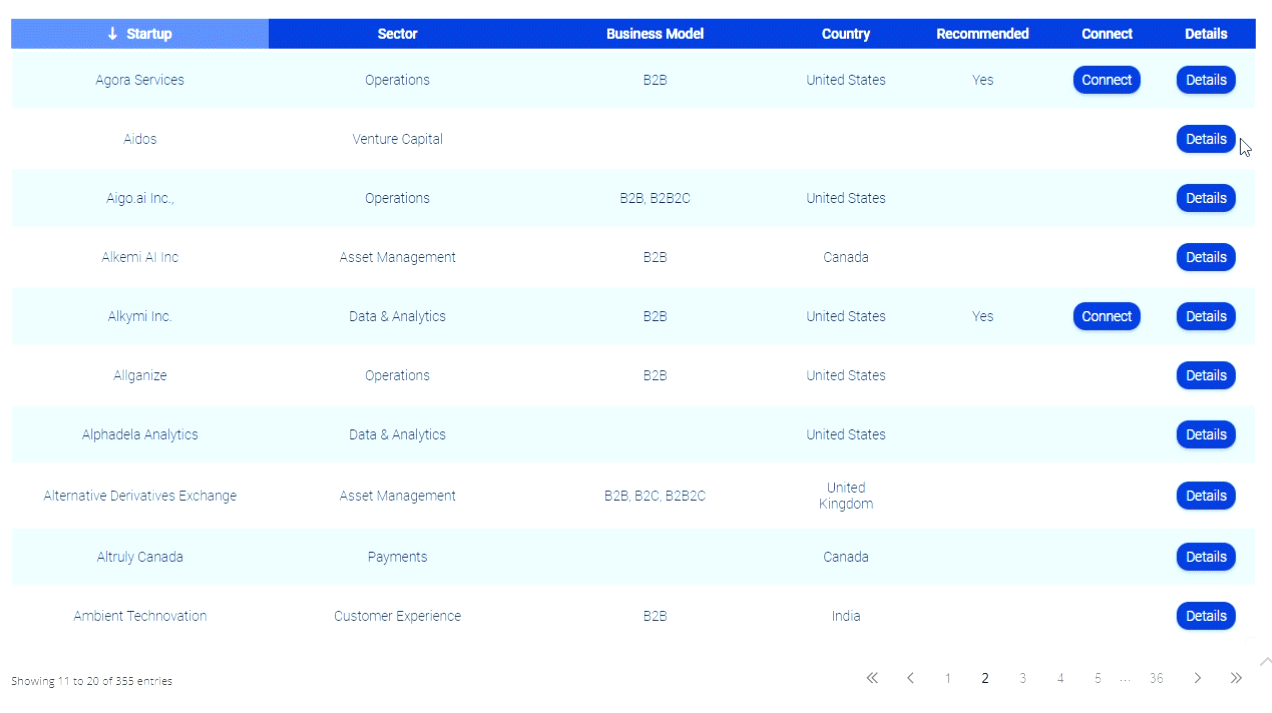No Thaw: A Conversation on the Credit Markets with ABA’s Landon Banfield
As the credit crisis continues to shadow banks, Landon Banfield and I engaged in an electronic Q&A on the state of the credit markets. Banfield is a vice president at the American Bankers Association and runs the trade group’s Community Bank Mortgage LLC. Community Bank Mortgage LLC is a cooperative co-owned by ABA and 40 ABA member banks that provides access to the secondary mortgage market through partnerships with Wells Fargo and Countrywide (soon to be Bank of America). Our electronic “discussion” follows:
BANKINNOVATION.NET: What’s your take on the mortgage secondary market today? How much “thaw” is there today? How much “thaw” do we have to go before the secondary market becomes fluid again?
LANDON BANFIELD: Significant challenges remain related to non-conforming (non-agency jumbo) liquidity, as well as for private-label mortgage-backed securities and for most types of whole loan sales. Agency-eligible production has been robust as of late and can be attributed primarily to falling mortgage rates resulting from Treasury’s willingness to buy agency MBS and the continued easing in Federal Reserve monetary policy — though marginal year-over-year increases in agency-eligible production are being compressed due to the continued erosion in collateral valuations coupled with ever-tightening underwriting tolerances on the part of the former government-sponsored enterprises. The secondary markets will need to get comfortable again with the various ratings agencies and will need to see performance on the more recent issues show signs of stability before mark-to-market ceases to be a proverbial death sentence for sellers. And, of course, this is all predicated on “finding the bottom” in housing values.
BI.NET: It doesn’t seem from your answer that really anything has improved on the secondary market despite nearly five months of emergency actions by the federal government. Is that a correct read?
LB: Yes that is a correct summary of my first answer.
BI.NET: How are terms within the Community Bank Mortgage program trending? What are some recent changes to terms?
LB: We are seeing a significant increase in the number of our member banks inquiring about our Community Bank Mortgage LLC venture mainly due to a dramatic reduction in the number of aggregators available to sell into today. They are recognizing that CBM LLC can get them a more favorable execution than they otherwise could get on their own, and many find some comfort in being associated with a group of like-minded, risk-averse community banks whose collective power may provide a stabilizing force in dealing with consolidation in the secondary market. Volumes continue to increase as more member banks join, so we expect 2009 will provide even greater pricing and contractual correspondent advantages for LLC-owner banks.
BI.NET: As a secondary market player, what’s your view on the cramdown legislation? How do you fix the mortgage/housing market without undermining the secondary market?
LB: ABA opposes the cramdown legislation being advanced by the incoming administration and Congress. Allowing for bankruptcy law to force lenders and investors to alter mortgage terms in the consumers favor would force the secondary market to price in this risk, resulting in significantly higher mortgage rates, tighter credit standards and even more limitations to accessing consumer mortgage credit. The Federal Deposit Insurance Corp. has a proposal, which would shift some modification risk to the government, though I think ultimately the free market should be left to correct itself.











